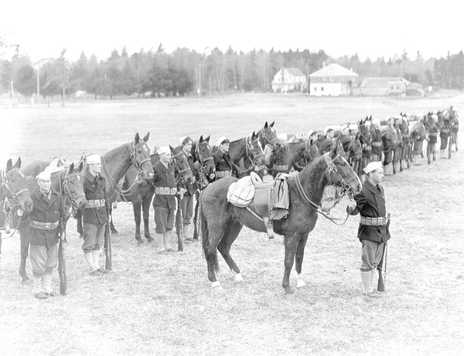Humboldt County Remembers World War II
|
On Display May through August 2016
After the December 7, 1941 Japanese attack on the American naval fleet at Pearl Harbor, the U.S. was thrust into World War II and everyday life across the country was dramatically altered. Food, gas and clothing were rationed. Communities conducted scrap metal drives. To help build the armaments necessary to win the war, women found employment as electricians, welders and riveters in defense plants. Japanese Americans had their rights as citizens stripped from them. People in the U.S. grew increasingly dependent on radio reports for news of the fighting overseas. The fear of attack translated into a ready acceptance by a majority of Americans of the need to sacrifice in order to achieve victory and to help the cause in any way necessary, showcasing a time when the country came together to face a common enemy. This exhibit documents this region’s response to the war, including patriotic activities on the home front, the establishment of military installations, and locals who served in the Armed Forces or related fields. |

